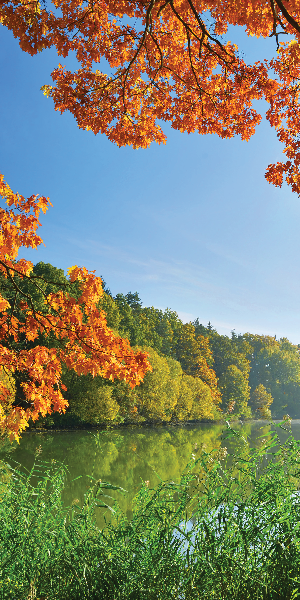Fall Tree Care Tips to Ensure a Healthy Canopy
As the vibrant hues of summer fade into the warm, earthy tones of autumn, our trees undergo a transformative process of their own. Fall, with its crisp air and falling leaves, signals the perfect time for tree enthusiasts and homeowners alike to embark on a journey of fall tree care. By investing a little time and effort into your trees during this season, you not only enhance their aesthetic appeal but also ensure their overall health and vitality. In this article, we will explore some essential fall tree care tips that will help your trees thrive through the season and beyond.
Raking and Mulching
One of the quintessential fall activities, raking leaves not only keeps your yard tidy but also prevents potential issues such as mold growth. Fallen leaves can be transformed into nutrient-rich mulch through composting. Spread this mulch around the base of your trees to provide insulation during the colder months and enrich the soil with essential nutrients as the leaves decompose.
Pruning and Trimming
Fall is an ideal time for pruning and trimming trees. With the leaves gone, it’s easier to spot damaged or diseased branches. Pruning helps in removing these weak branches, allowing the tree to focus its energy on healthier parts. Proper pruning also enhances the tree’s structure and reduces the risk of storm damage.

Deep Root Watering
Even as temperatures drop, trees, especially younger ones, require adequate hydration to sustain them through winter. Deep root watering ensures that the water reaches the tree’s root system, encouraging deep root growth. This process is particularly crucial for trees planted within the last two years.
Protection Against Pests
Fall is the time when certain pests, such as rodents, seek refuge from the cooling temperatures. Applying insect repellents and wrapping the lower trunk of young trees with protective materials can prevent these pests from causing harm.
Inspecting for Diseases
Take the time to inspect your trees for signs of diseases, such as unusual growths, discoloration, or wilting leaves. If you notice any concerning symptoms, consult with a professional arborist who can diagnose the issue and recommend appropriate treatment.
Fall tree care is not just a seasonal chore but an investment in the long-term health and beauty of your landscape. By following these tips and being proactive in your tree care efforts, you can ensure that your trees not only survive the winter but flourish when spring arrives. So, grab your gardening gloves and rake, and let’s nurture our trees, fostering a vibrant, healthy canopy that will stand tall for years to come.

